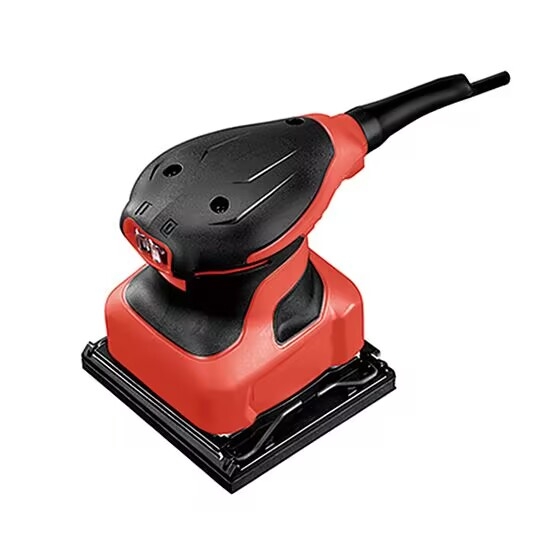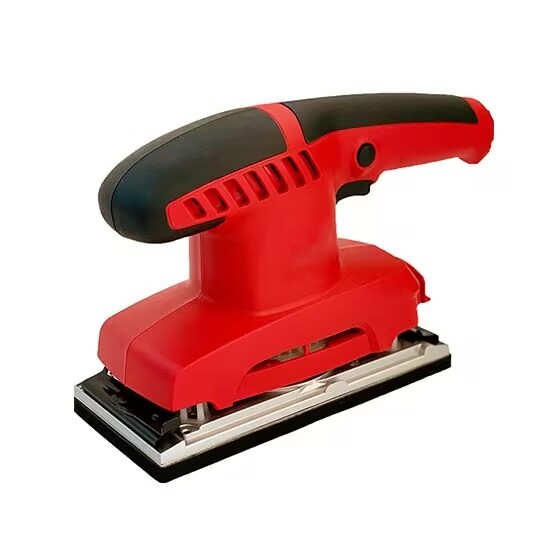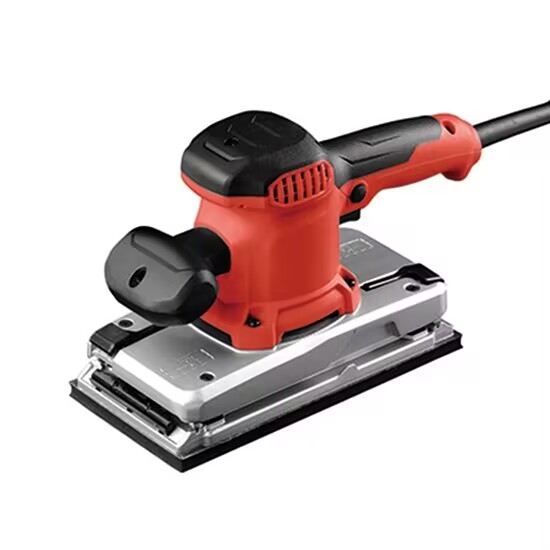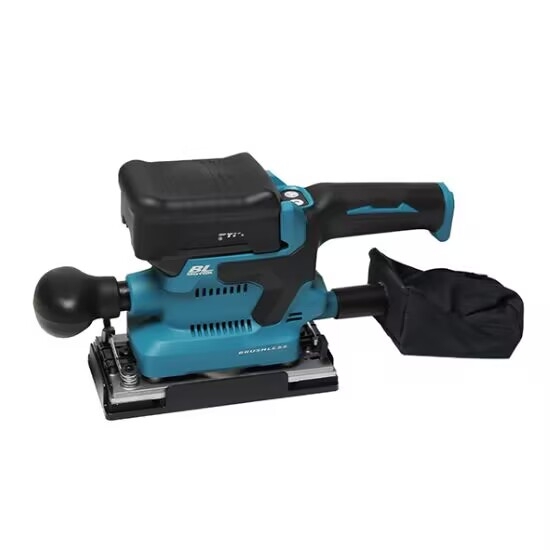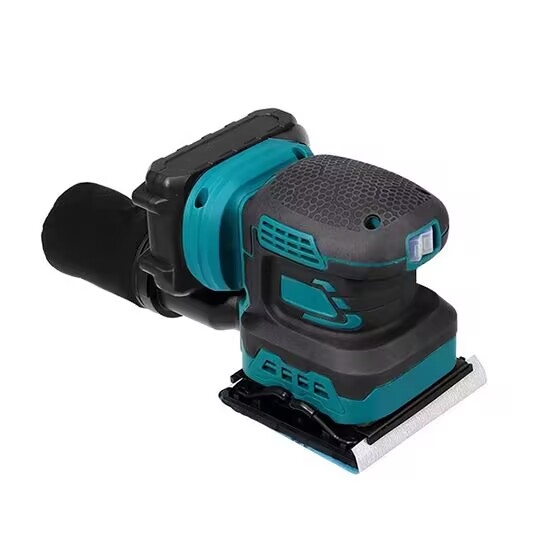In the realm of power tools, the sheet sander stands out as a versatile and indispensable device. It has become a staple in various fields, from professional woodworking shops to the garages of DIY-loving homeowners. Its ability to transform rough and uneven surfaces into smooth and polished finishes has made it an essential tool for a wide range of projects. A sheet sander, often referred to as a palm sander due to its handheld and palm-sized design, is engineered to perform precision sanding tasks. Its operation is centered around the use of a sandpaper sheet attached to a vibrating or orbiting pad. This simple yet effective mechanism allows for the removal of small amounts of material from surfaces, be it wood, plastic, or certain metals, with remarkable accuracy. The following sheet sander is provided by our website, TOOL.com. Hope it will help.
Sheet Sander Price List
(For the most up-to-date prices of each product, please visit our website and refer to the actual listed prices.)
Components of a Sheet Sander
- Electric Motor: At the heart of every sheet sander is an electric motor. This component serves as the power source, converting electrical energy into mechanical energy. The motor's power rating determines the sander's overall performance. A more powerful motor can drive the sanding action more forcefully, enabling faster material removal, especially when dealing with tougher surfaces or larger projects.
- Sanding Pad: The sanding pad is where the sandpaper is affixed. It is typically made from a durable and resilient material such as rubber or a specialized polymer. The pad's design is crucial as it needs to maintain a firm grip on the sandpaper during operation and evenly distribute the sanding force across the surface. Some pads are designed with a textured surface to enhance the adhesion of the sandpaper, while others may have a flexible construction to conform to irregular surfaces.
- Housing: The housing of the sheet sander not only encloses and protects the internal components but also plays a significant role in user comfort. It is designed to fit comfortably in the hand, with ergonomic curves and grips that reduce fatigue during extended use. Additionally, the housing may incorporate features such as vents for heat dissipation to prevent the motor from overheating during continuous operation.
- Dust Collection System: Many modern sheet sanders are equipped with dust collection systems. These can range from simple dust bags that attach to the sander to more advanced cyclonic systems. The dust collection system is vital for maintaining a clean and healthy work environment. By capturing the fine dust particles generated during sanding, it reduces the risk of respiratory problems for the user and also helps to keep the workspace free from debris, which can otherwise interfere with the sanding process.
Tips for Choosing the Sheet Sander
Here are some suggestions to help you choose the right sheet sander for work:
- Power and Performance: Consider the power of the electric motor. For light-duty jobs such as sanding small woodwork or finishing furniture in a home workshop, a sander with a lower wattage motor (around 100-200 watts) may be sufficient. However, for heavier projects such as sanding large wooden boards or removing thick layers of paint, a sander with a higher wattage motor (200-300 watts or more) will be more suitable. Also look for a sander with adjustable speed settings. This will allow you to adjust the sanding speed to suit the material and task at hand. For example, a slower speed may be better for delicate materials such as thin plywood, while a faster speed can be used for tougher woods.
- Size and Weight: Since sheet sanders are handheld tools, their size and weight are important factors. A compact and lightweight sander (usually weighing between 1-3 pounds) is easier to maneuver, especially for extended periods or when working in tight spaces. If you plan to use the sander for long hours, a lighter model will cause less fatigue. However, if you need more power and stability, a slightly larger and heavier sander may be a better choice, as it can provide more force during sanding.
- Dust Collection: Given the importance of maintaining a clean work environment, a good dust collection system is a must-have feature. Look for sanders with efficient dust collection mechanisms. A sander with a large-capacity dust bag or a cyclonic dust collector that can separate dust from air more effectively will require less frequent emptying and provide better overall dust control. Some sanders can also be connected to a vacuum cleaner for more powerful dust extraction.
- Sanding Pad and Abrasive Compatibility:
Ensure that the sander you choose has a sanding pad that is compatible with the type of sandpaper you plan to use. Different sanders may require specific types of sandpaper sheets, either in terms of size or attachment mechanism. Additionally, consider the availability and cost of replacement sandpaper. Some sanders may use more common and affordable sandpaper, while others may require specialized and more expensive abrasive products.
- Brand and Reviews:
Research the brand reputation before making a purchase. Well-known brands often have a history of producing reliable and high-quality tools. Reading online reviews from other users can also provide valuable insights into the sander's performance, durability, and any potential issues. Look for sanders with positive reviews and a high customer satisfaction rating.
In conclusion, the sheet sander is a valuable and versatile power tool that can greatly enhance the quality of surface finishing tasks. By understanding its components and knowing how to choose the right one, you can make an informed decision and select a sheet sander that best suits your needs, whether you are a professional or a DIY enthusiast.

